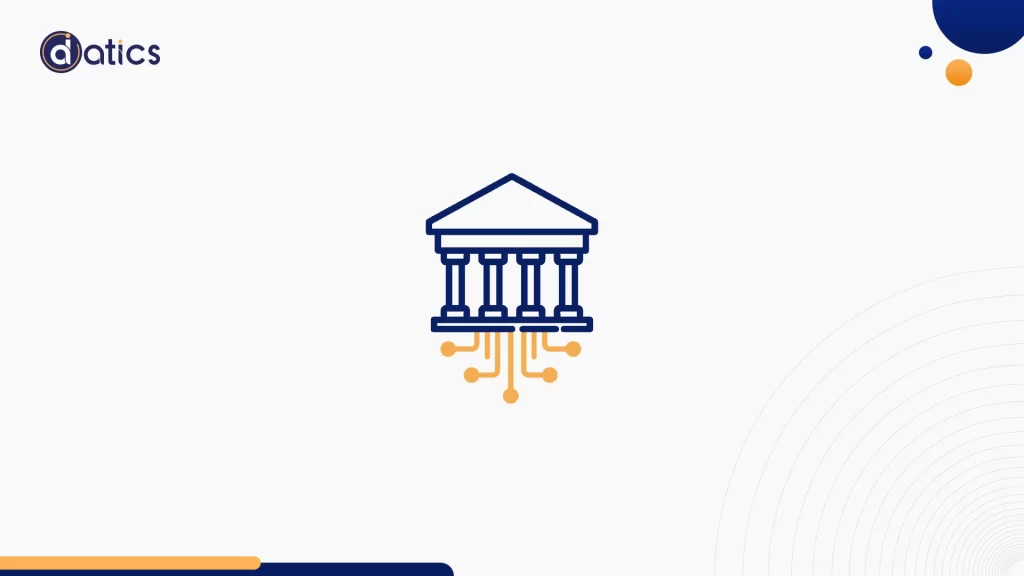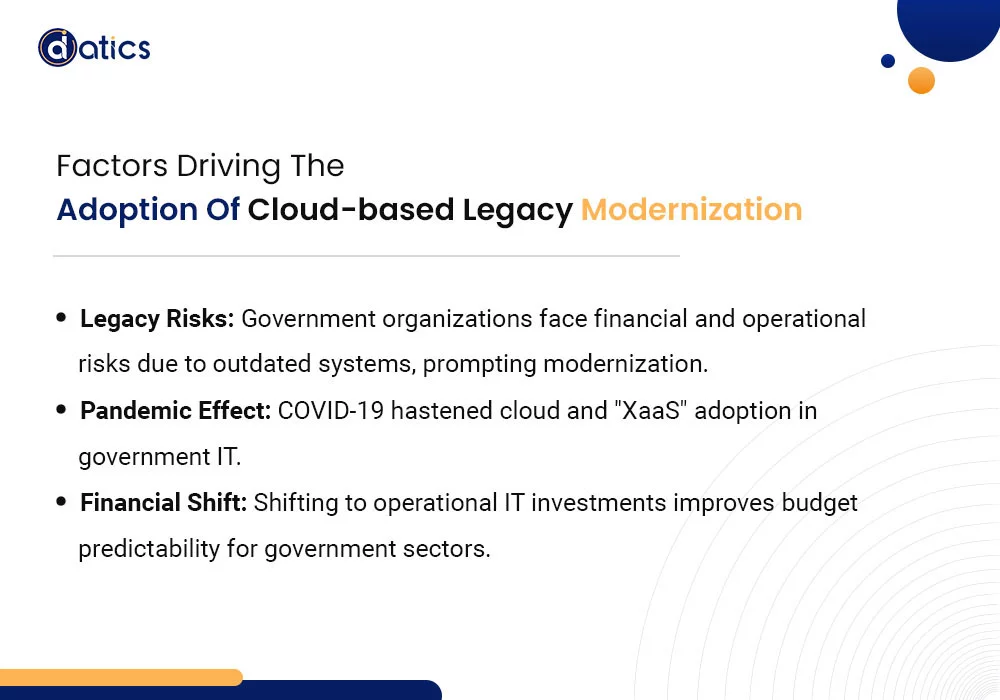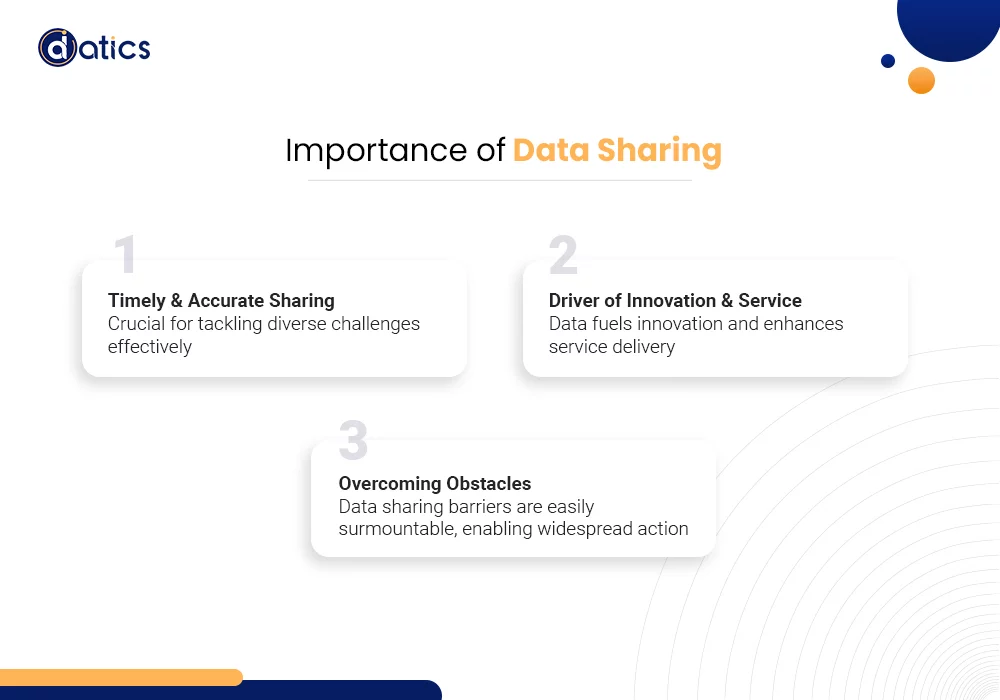
© 2024 | All Right Revered.
Are governments ready for the seismic shift in technology being brought forth by the year 2024?

Marketing & Outreach Associate
Fueling brand growth with a blend of creativity and strategy.

For those in leadership positions like CIOs or digital decision-makers in government, keeping pace with government technology trends is crucial. The world is always changing, and governments must adapt to global trends, shifts, regional tensions, and local demands. This adaptation must align with policy objectives while driving digital transformations.
The latest government advancements, termed “post-digital,” emphasize the importance of investments that directly benefit citizen services, data-driven understanding, and the overhaul of digital systems and infrastructure. Government CIOs are tasked with proving the significance and outcomes of their tech endeavors. They deal with challenges unique to their sector, like limited digital readiness, decreasing public trust, scarcity of skilled professionals, and the ongoing struggle to expand innovative initiatives.
In this piece, we’ll explore the primary government technology trends set to shape government landscapes in 2024. These trends revolve around three key areas: modernization, insights, and transformation. Let’s delve into the key highlights within each category.
Modernization of government infrastructure and information systems has long been a goal, but the urgency has intensified since 2020. The COVID-19 pandemic exposed vulnerabilities in government processes and information systems, revealing the need for rapid scalability in the face of evolving demands. This highlights the need for continued investment in government technology trends.
Adaptive security is a critical aspect of modernization. It involves a cybersecurity approach that mimics an autonomic biological immune system, continually adapting to the evolving threat landscape. This approach emphasizes identification, protection, detection, response, and recovery, rejecting the traditional concept of a secure perimeter.

Government agencies, being prime targets for cyberattacks, face constant threats. Recommended actions to combat these include linking adaptive security to broader objectives like digital innovation, transformation, national security, and organizational resilience.
Collaboration with mission units for cyber-physical security and the deprioritization of document-based compliance activities are also essential steps. Additionally, building a cybersecurity culture through training programs and awareness education is crucial, all part of a comprehensive government technology trend.
Cloud-based legacy modernization is gaining prominence as governments aim to modernize outdated applications using cloud delivery models. This approach improves government services, shortens implementation times, reduces technical debt, and lowers operational risk levels.
Several factors drive the adoption of cloud-based legacy modernization:

Cloud-based delivery models improve government agility and resource availability.
This trend offers innovation opportunities as cloud-based solutions pave the way for transformative business processes.
To address this, governments should establish continuous modernization programs with strong governance and sponsorship. Implementing a multi cloud strategy, securing executive commitment for subscription-based services, and demonstrating value through mission outcome metrics are also critical steps.
The Insights theme focuses on shifting from traditional data collection and reporting towards greater data sharing, reuse, and advanced analytics across government. Artificial Intelligence (AI) continues to evolve rapidly, reshaping government data and analytics investments, a major government technology trend.
Agile methodologies bring about shorter development cycles and iterative enhancements, enabling teams to swiftly detect and tackle issues, thus reducing the likelihood of costly errors and project delays. Looking ahead in 2023, the aim is to foresee evolution and progress, ushering in new advancements and enhancements that will mold the future of project management and software development.
AI for decision intelligence involves the systematic use of AI to enhance government mission achievement. It improves decision-making by understanding how decisions are made and evaluating outcomes through feedback. This application is suitable for strategic, managerial, and operational decisions.
Large language models (LLMs) have made AI use at the operational level more visible, raising expectations for service delivery and policy processes.
Implications of this trend include:
Government CIOs should spearhead policies for safe tool exploration, create a future-state vision for decision intelligence, enhance decision-making through human-AI collaboration, and begin where critical decision-making needs to be improved, all as part of this essential government technology trend.
Data sharing as a program entails bringing together data sources to enable cross-analysis and create additional value across governments. A systematic approach like this one contrasts with ad hoc data sharing in response to high-profile incidents because it is motivated by incentives, standards, governance, and sustainable innovation pipelines.
Data sharing as a program is crucial for several reasons:

The implications of this approach include the need for compromise, strong sponsorship, and governance to address ethical challenges. Shifting from a culture of compartmentalization to one that prioritizes data for citizen service and improvement is essential. Government organizations without a strong track record in data sharing should focus on “quick win” opportunities and leverage central resources for success.
Government CIOs should strengthen executive support, enhance data sharing quality and efficiency, raise data and analytics capabilities across the organization, and ensure continuous support for data sharing initiatives.
The transformation theme aims to make the public sector more responsive to constituent and societal needs, moving away from low-maturity service delivery approaches characterized by siloed and disjointed initiatives.
The trend of digital identity ecosystems appears within the transformation theme. In order to ensure trust, innovation, and equitable access to services, government organizations now have new obligations as traditional siloed identity domains interact, overlap, and occasionally collide.
Adoption of a digital identity relies on relevance and trust. Proactive governments are addressing the challenge by federating, facilitating, or exploring new collaboration and regulation methods as digital identity ecosystems evolve.
Investments in portable and cross-platform identity are on the rise, but consensus on approaches and objectives has yet to emerge. Governments must navigate various factors, such as mobile driving licenses versus general-purpose identity wallets and centralized versus decentralized identity provisioning.
In conclusion, government technology trends in 2024 will encompass modernization, insights, and transformation. Key trends include adaptive security, cloud-based legacy modernization, AI for decision intelligence, and data sharing as a program. Embracing these trends requires a proactive approach, strong governance, and collaboration to ensure that government organizations remain agile, secure, and responsive to evolving challenges and opportunities.
Share the details of your project – like scope, timeframe, or business challenges. Our team will carefully review them and get back to you with the next steps!

© 2024 | All Right Revered.
This guide is your roadmap to success! We’ll walk you, step-by-step, through the process of transforming your vision into a project with a clear purpose, target audience, and winning features.